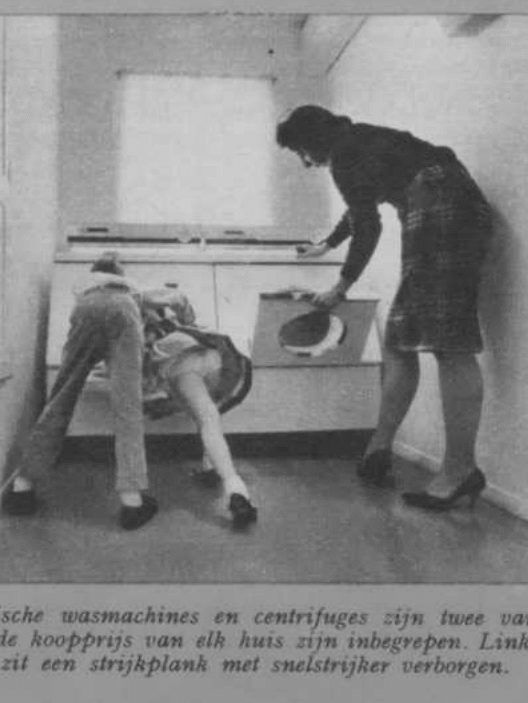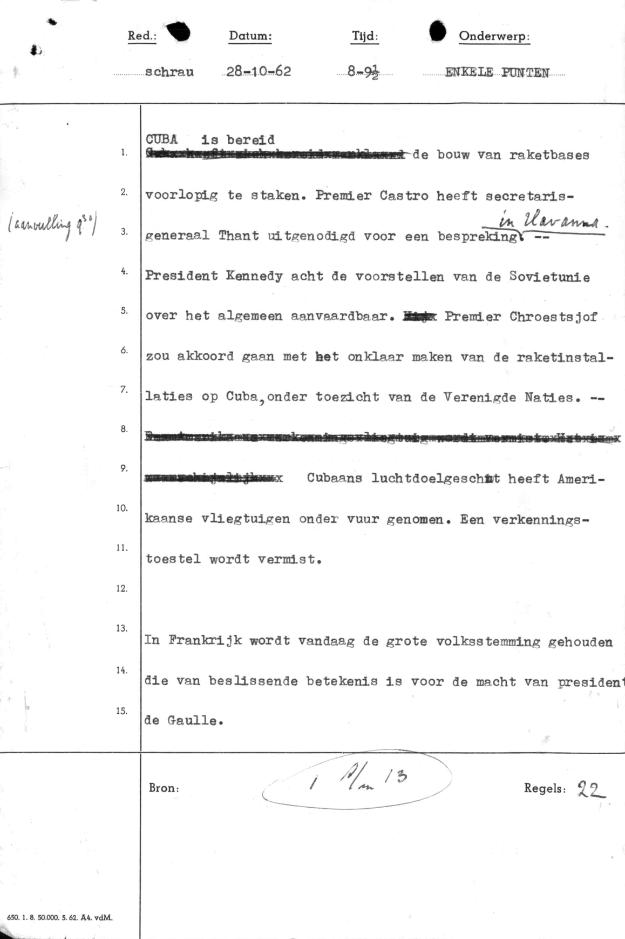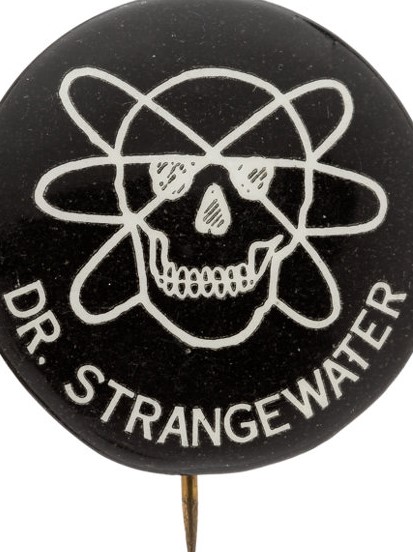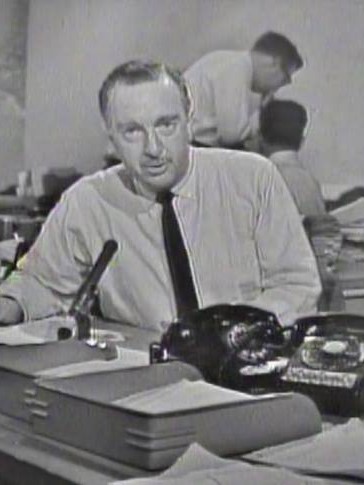Mediating the cold war
About this Collection
This exhibition presents a side of the Cold War that you might not have seen before: how it was communicated to people across the world on the radio, newspapers, photography, and television. Every news item presents reality through the eyes of the reporter, the news agency, and the writer or presenter. How people have perceived key events in the Cold War thus depends on the way in which it was communicated to them. This exhibition shows how news media have framed these key events and thus shaped the perception of these events.
Media framing and the vietnam war
The impact of one photo
Dutch and American newspapers had different ways of framing the famous Vietnam War photo “Execution in Saigon”. This photo was taken in 1968 by American photographer Eddie Adams. The exact moment Nguyen Ngoc Loan, the head of the National Police, executes a Vietcong member, Nguyen Van Lem, on the streets of Saigon is captured on camera.

Image © AP/Eddie Adams 1968
HOW DID DUTCH PEOPLE IN THE 1960s AND 1970s LOOK AT AMERICAN SUBURBANIZATION?
Suburbanization is a process of migration that sees residents living in the city move to its edges. The US middle class started suburbanizing en masse in the immediate postwar years. The Netherlands, which was severely weakened in those immediate postwar years, started suburbanizing about a decade later. How did the Dutch perceive American suburbanization?

Image © Beatrijs 1961
The Cuban missile crisis on the airwaves
How the dutch heard the crisis through the radio
The Cuban Missile Crisis in 1962 was one of the moments the world came closest to nuclear war. For almost two weeks, the United States and the Soviet Union were negotiating themselves out of a potential nuclear confrontation. In the week that followed, people all around the world held their breath. This exhibition will guide you through the highlights of this week of Dutch radio broadcasting. This exhibition illuminates what people in the Netherlands knew at the time of the developments on the other side of the Atlantic concerning the Soviet missiles on Cuba.

Image © ANP 1962
President barry goldwater
a dutch cold war fear
The Cold War was perhaps the most fear-inducing war in history, being the first war where humankind had the weaponry to cause such devastation to the earth that we would be no longer able to live on it. Movies such as Dr. Strangelove and games such as Fallout revolve around the idea that America is facing an enemy that also possesses nuclear weapons, creating a scenario where the usage of such weapons would lead to a domino effect of nuclear attacks due to the military strategy of mutually assured destruction (MAD).

Image © Heritage Auctions
The assassination of President John F. Kennedy on November 11, 1963, marked a black day in not just American history but maybe even in world history. No matter the tragedy, it also marked a turning point for television broadcasting. CBS and NBC, two of the major newscast companies, were two of the first to report on the attack. Television was merely in its elementary stage when it had to cover this event and it truly changed the position of television as a news medium.

Image © CBS News 1963